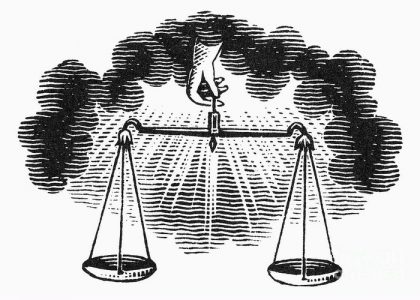
Bstroy, a U.S.-based fashion brand, debuted a collection of “distressed” hoodies during a show that coincided with New York Fashion Week that featured the names of schools involved in deadly mass shootings, including “Stoneman Douglas,” “Sandy Hook,” “Virginia Tech,” and “Columbine.” The sweatshirts seemed to have been made with holes made by bullets. Photos of the clothing were posted to the Instagram account of one of their designers, Brick Owens. Not long after, the hoodies were criticized for their insensitivity and for the manner in which they appeared to exploit tragedies.
On his Instagram account, Owen said the sweatshirts demonstrate the “push and pull that creates the circular motion that is the cycle of life.” “Sometimes life can be painfully ironic,” he continued. “Like the irony of dying violently in a place you considered to be a safe, controlled environment, like school. We are reminded all the time of life’s fragility, shortness, and unpredictability yet we are also reminded of its infinite potential.”

One commenter on a photo of the Columbine sweatshirt said, “As a victim of Columbine, I am appalled. This is disgusting. You can draw awareness another way, but don’t you dare make money off of our tragedy.” On a photo of the Stoneman Douglas hoodie, one person commented, “My dead classmates dying should not be a f***ing fashion statement.” On Twitter, a spokesperson for the Vicky Soto Memorial Fund, established after teacher Victoria Soto was killed at Sandy Hook Elementary School, posted, “This is just absolutely horrific. A company is [making] light of our pain and other’s pain for fashion. Selling sweatshirts with our name and bullet holes. Unbelievable.”
This isn’t the first time a marketer has seemed to profit from tragedy. Urban Outfitters marketed a $129 sweatshirt that recalled the deadly 1970 shooting at Kent State University, and La Señorita Mexican Restaurants seemed to recall a 1978 mass suicide that took place in Guyana, South America. More recently, fashion brands have seemed to capitalize on racial issues by marketing goods that resemble black face make-up and nooses.
As of this writing the sweatshirts do not appear on Bstroy’s website. Controversy seems to be no stranger to fashion. Presumably brands such as Bstroy engage in these kinds of activities to gain attention, even if that attention is by no means favorable. In fact, seeking out bad press might be a way to boost a brand’s street credibility. As legendary circus promoter P.T. Barnum once said, “There’s no such thing as bad publicity.” What do moral lapses such as these say about our culture?
Thank you to #jmcawesome journalism major Emily McKenna for the tip.
Sources: CNN.com; papermag.com



